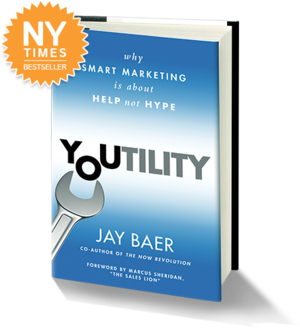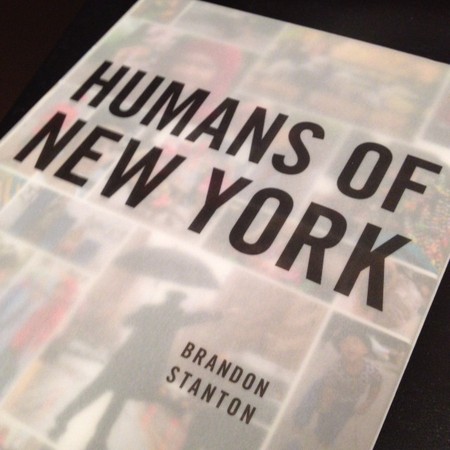 Social media is about building relationships with people and nobody likes to be in a relationship with someone who is pushy or who irritates them. But what irritates people online? How do we avoid frustrating our audience?
Social media is about building relationships with people and nobody likes to be in a relationship with someone who is pushy or who irritates them. But what irritates people online? How do we avoid frustrating our audience?
We asked our networks what irritates them from brands online and what pushes them to unfollow or unlike a page and we got a lot of great answers.
Here are some highlights, grouped by theme.
Don’t be too pushy
This was definitely the thing that came up the most. People don’t like to feel like you’re constantly trying to sell to them. Avoid being too repetitive, using catch phrases too much or just posting too much content (2-3 times a day is a good number to start with. Experiment and watch your insights to see what works best with your audience though, it could be more.)
Here are reasons people gave for unfollowing a page:
“Posting too often”
“Repetition, especially of tag lines or catch phrases.”
“Posting too often, or posting the same thing several times a day, or linkbombing a feed.”
“Posting 100 times a day, one after the other. Just unfollowed a page for that.”
“Posting mainly for the purpose of selling (one post after another … buy this, buy this, buy this) without sharing any useful content … same with newsletters.”
“Post only about themselves/services.”
“Too much pleading for liking, sharing, help us win this contest, etc. I’ll happily share good content without anyone asking; begging tells me your content is not that good. Also posting a whole bunch of times in a row on a regular basis. “
Social media needs to be a two-way conversation
When you have a presence online, people expect you to be there to have conversations. If you post information but never answer questions or respond or acknowledge those that engage with you, people will get irritated and leave.
Reasons people gave for unliking a page for lack of engagement:
“When they don’t reply to questions on their own posts. Example: Joe’s Diner, “Come on in for great lunch specials today!” Me, “What are your specials today?” No reply. Unlike.”
“A page that doesn’t post/engage regularly.”
Your attitude matters
The way you interact with your audience is extremely important. Make sure that you are aware that the tone you use is important and that what you are saying stays in line with what your audience expects of you.
People definitely don’t like it when brands get too political or religious:
“Overly critical, negative or bullying tones. Strong religious or political views that don’t illustrate willingness to be open to other views. Offensive, overly sexual content. “
“Anything with too aggressive or strong political or religious views one way or another or anything very negative.”
So what DO I say?
Be useful and give value to your customers.
Remember it’s about them, not about you.
Be present and authentic.
Never stop checking in with your audience, either with questions or through analytics, to see if what you’re doing is working.





